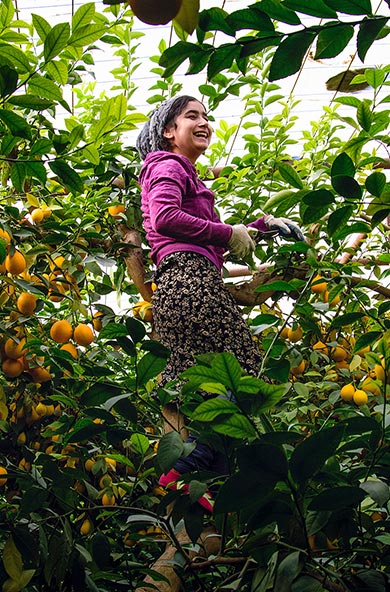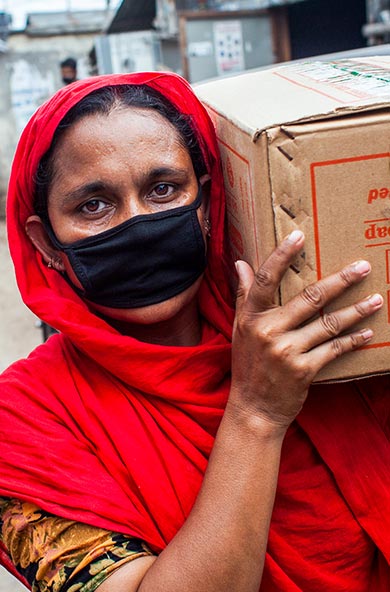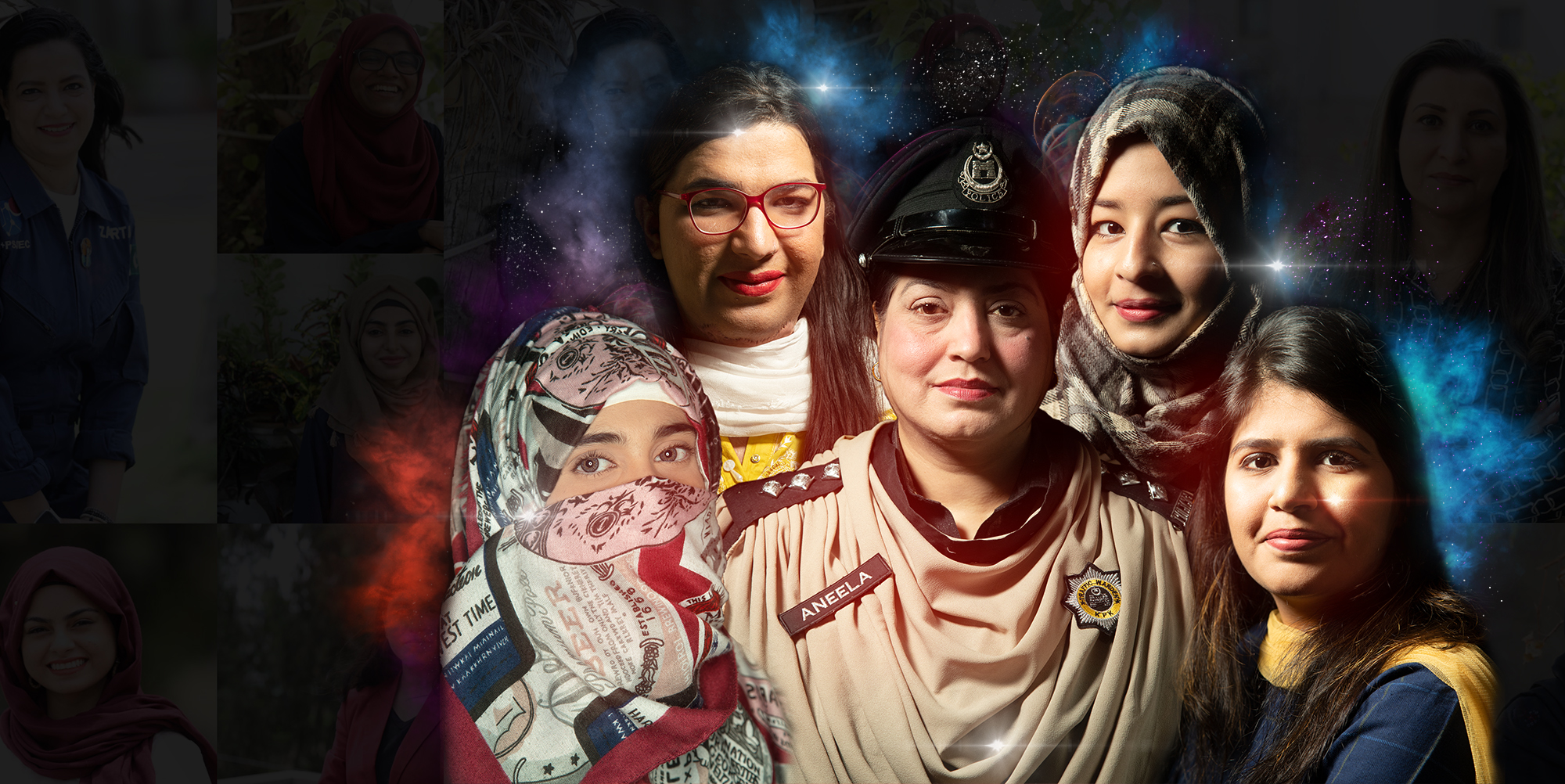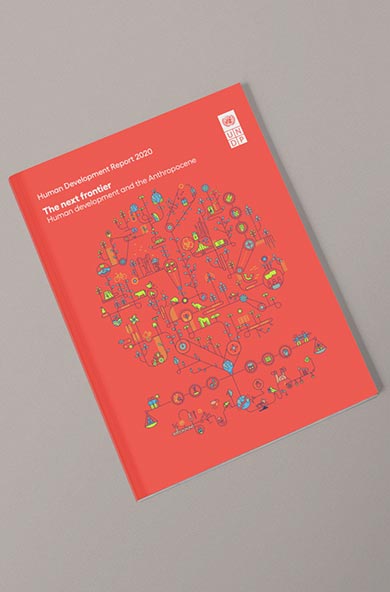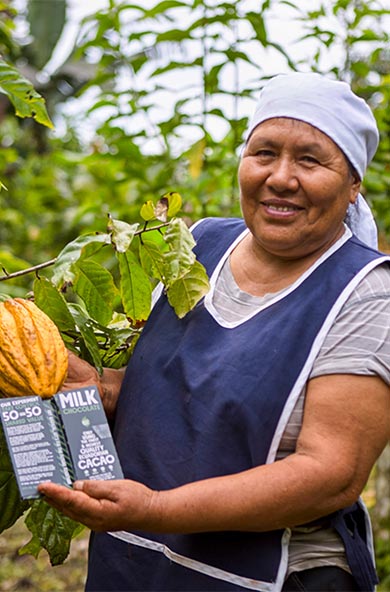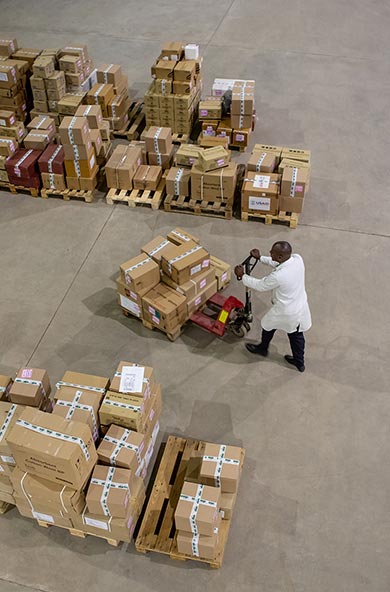Human Development Indices and Indicators
2018 Statistical Update
On 14 September 2018, the United Nations Development Programme (UNDP) Human Development Report Office launched the 2018 Statistical Update for Human Development Indices and indicators. These indices measure progress in key dimensions including health, education, income and gender.
Key Global Findings
Using data for 2017, these indices provide the status of human development in 189 countries. While the indices show a general positive trend in Human Development (HD) around the world, with the Global HDI moving up from 0.598 in 1990 to 0.728 in 2017, the pace of progress across countries and regions is uneven. Out of the 189 countries for which the Human Development Index (HDI) is calculated, 59 countries are today in the very high human development group and only 38 countries fall in the low HDI group. The number of countries in the category of very High Human Development has risen from 12 countries in 1990 to 59 countries in 2017, and during the same time, the number of countries categorized to have low human development has fallen from 62 to 38 countries.
However, significant inequalities in health, education and other key aspects of life persist. People living in the very high human development countries can expect to live on average 19 years longer and spend seven more years in school than those living in the group of low human development countries. Considerable inequalities also exist within countries, even in some of the wealthiest ones. High, low and medium human development countries lose 11, 31 and 25 percent respectively of their human development achievements as measured by the HDI, from inequality. Overall, when inequality in the HDI figures is considered, the value of 2017 Global HDI falls from 0.782 to 0.528 — a 20 per cent loss in the value of HDI. One key dimension of inequality within countries is between men and women. The data looks at the gender gap in opportunities, achievements and empowerment. Worldwide the average HDI for women is six percent lower than for men, primarily due to women’s lower income and educational attainments.
Human Development in Pakistan
Pakistan has experienced a marginal increase in the value of HDI from 0.560 last year to 0.562 in 2017. However, over the years Pakistan has indeed seen greater progress in its Human Development indicators, with the HDI values increasing from 0.404 in 1990 to 0.562 in 2017. Overall, there has been an improvement in Human Development in Pakistan, however, this progress is lower when compared to other countries in South Asia.
Pakistan’s HDR trends based on consistent Time Series Data and new goalposts
|
Life Expectancy at Birth |
Expected years of Schooling |
Mean years of Schooling |
GNI per capita (2011 PPP$) |
HDI Value |
1990 |
60.1 |
4.6 |
2.3 |
3,195 |
0.404 |
1995 |
61.4 |
5.0 |
2.8 |
3,387 |
0.428 |
2000 |
62.7 |
5.4 |
3.3 |
3,451 |
0.450 |
2005 |
63.8 |
6.5 |
4.5 |
4,101 |
0.500 |
2010 |
65.1 |
7.5 |
4.7 |
4,447 |
0.526 |
2015 |
66.3 |
8.2 |
5.1 |
4,978 |
0.551 |
2016 |
66.5 |
8.6 |
5.2 |
5,155 |
0.560 |
2017 |
66.6 |
8.6 |
5.2 |
5,311 |
0.562 |
Trends in Pakistan’s HDI component indices 1990-2017
HDI trends for Pakistan, Bangladesh and India, 1990-2017
he gap between values of HDI for India and Pakistan has increased to 0.078, while the difference between the HDI values for Pakistan and Bangladesh has increased to 0.046, with both India and Bangladesh far exceeding Pakistan’s HDI value figures. The HDI value for the South Asian region stands at 0.638, which is 0.076 points above Pakistan’s HDI value of 0.562.
Bangladesh, which was below Pakistan in early 1990s, has overtaken Pakistan by 14 places and is now ranked at 136 compared to Pakistan’s ranking of 150 in the 189 countries. Similarly, India has moved 20 places ahead of Pakistan and has taken the 130th position in the Human Development Index country rankings. Nepal has also overtaken Pakistan, jumping to the 149thplace. The key message here is that Pakistan has the slowest growth in human development amongst all South Asian countries except Afghanistan.
What is contributing to the slow progress of human development in Pakistan?
While Pakistan is currently passing through a difficult phase of economic sustainability, the fact remains that Pakistan is faring well on per capita income basis when compared to other countries in the region. With a per capita Gross National Income (GNI) of US$ 5,311, Pakistan is slightly behind India (17.87%) and ahead of all other countries in South Asia. However, this progress in GNI per capita is being pulled back by the Country’s social indicators. On the education dimension of HDI, the expected years of schooling are 8.6 years, which is quite low compared to 12.3 years for India, 12.2 years for Nepal and 11.4 years for Bangladesh. The country also fares low in terms of health indicators. Pakistan’s average life expectancy at birth was recorded to be 66.6 years in 2017 which is below other South Asian countries such as Nepal with 70.6 years, India with 68.8 years and Bangladesh with 72.8 years.
There also exists sharp inequalities in human development indicators for men and women. Women lag behind men.
Pakistan has a Gender Inequality Index value of 0.541. It roughly loses 3.73% of the HDI value due to gender inequality. There are disparities across all three dimensions of human development. The expected years of schooling for women are 7.8 against 9.4 years for men. Similarly, women’s access to health facilities is lower compared to that of men. The labor force participation for women is 24.9% as compared to 82.7% for men. It is the lowest in the region after Afghanistan. Overall in terms of the Gender Inequality Index, Pakistan is only ahead of Afghanistan in South Asia. The higher gender inequality has huge economic and social implications for the country as women constitute around 49% of the total population.
Overall, while Pakistan has shown progress in human development like other countries. However, this progress is very slow and doesn’t commensurate with the size of its economy and per capita income. More significantly, Pakistan is falling behind its neighbours and comparable countries in South Asia.

 Locations
Locations